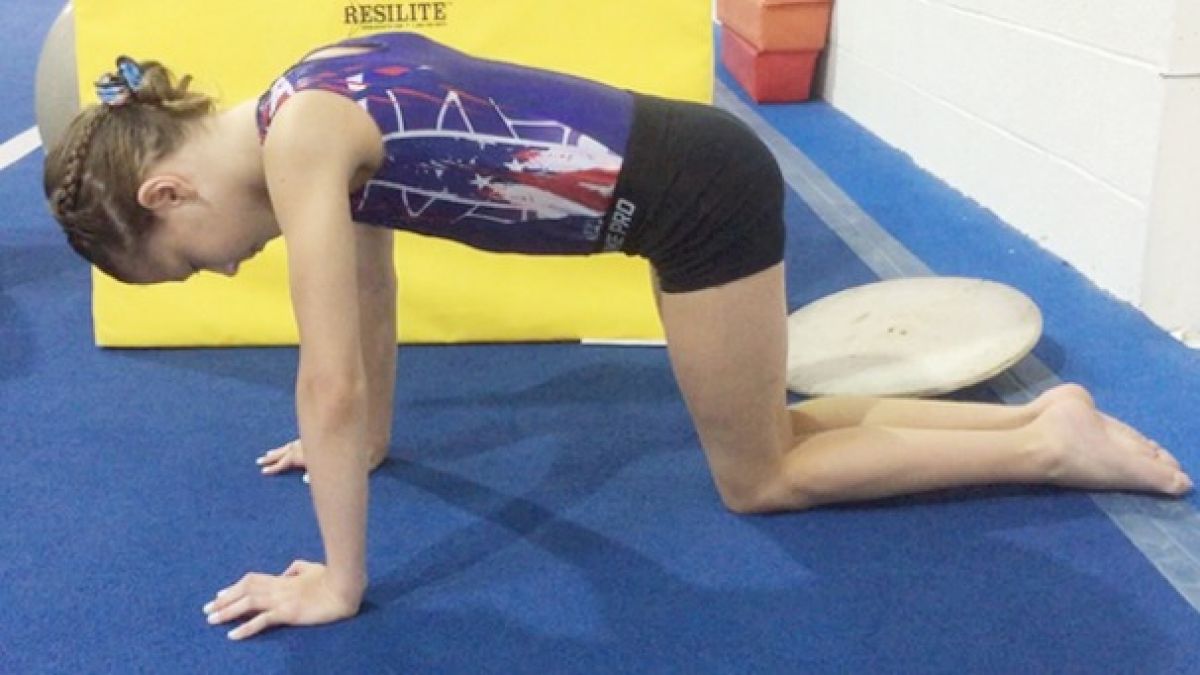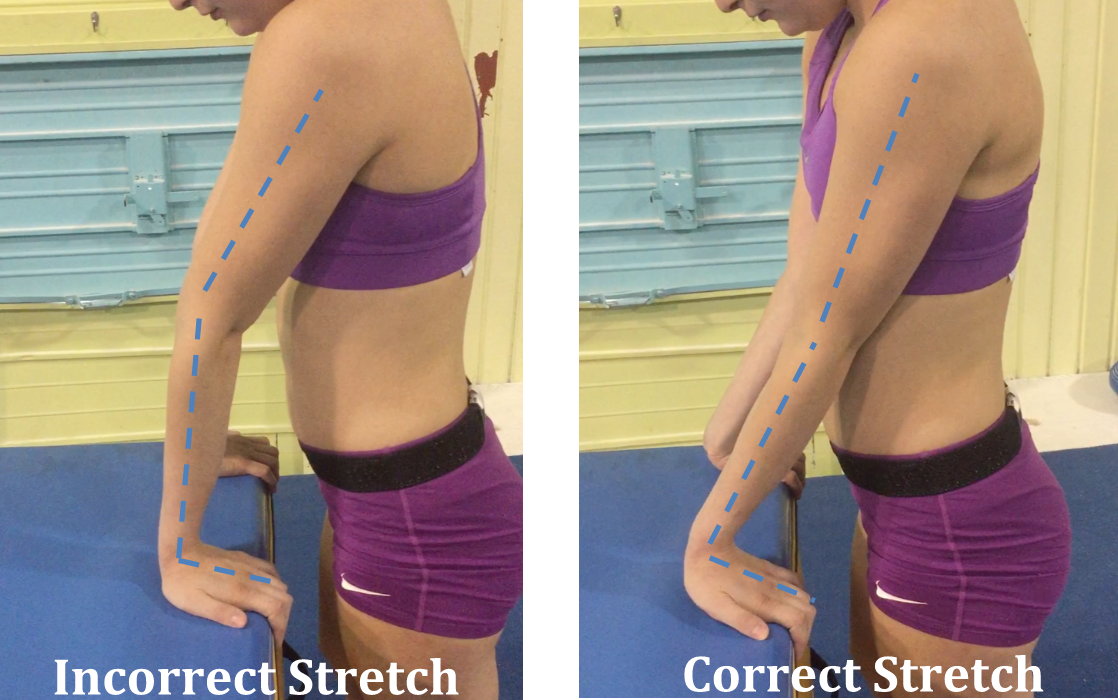Gymnastics Injury Prevention with Marla: Preventing Elbow Injuries
Gymnastics Injury Prevention with Marla: Preventing Elbow Injuries
It is always more important to be proactive instead of reactive when it comes to injury prevention. As a gymnast, you should regularly address your deficits and stay in tune with how your muscles and joints feel to remain ahead of potential injuries.

By Marla Ranieri
It is always more important to be proactive instead of reactive when it comes to injury prevention. As a gymnast, you should regularly address your deficits and stay in tune with how your muscles and joints feel to remain ahead of potential injuries.
In gymnastics, the elbow is particularly injury-prone. Gymnasts' weight-bearing requirements are unique in that physical stress occurs as much on their upper extremities as their lower extremities. Osteochondritis Dissecans (OCD lesions), which causes joint cartilage to die due to lack of circulation, are common, and often require surgical intervention.
The best way to prevent this injury is to identify at-risk individuals at young age. Ask them to stand with their arms straight out to the side and look for hyperextended elbows (elbows that extend past the normal 0 degrees of extension).

Many gymnasts are hyper-mobile, and have laxity in their joints. This creates more pressure on one side of the joint while bearing weight. Therefore, you have to teach these individuals what a "soft elbow" is, and have them perform exercises daily to stabilize the muscles around the elbow joint in addition to the muscles surrounding the scapula.
Exercises should start in the hands-and-knees position, progress to a push-up position, then to a handstand-pike position, and eventually to a handstand position.
You can add an unstable surface, such as a trampoline or a wobble board, to make the exercise harder.
Other ways of preventing elbow injuries include:

If you are experiencing elbow pain, seek medical treatment sooner than later. Elbow pain should not be left untreated in any age, as early detection and rest can save a gymnast from a much more severe injury down the road.
Marla Ranieri is a doctor of physical therapy at Drayer Physical Therapy who specializes in working with gymnasts and performing injury prevention assessments. She is a former elite international gymnast who competed for Stanford University. She works closely with North Stars Gymnastics Academy and USA Gymnastics. If you would like to speak with her about coming to your gym, please contact her at mranieri@drayerpt.com
It is always more important to be proactive instead of reactive when it comes to injury prevention. As a gymnast, you should regularly address your deficits and stay in tune with how your muscles and joints feel to remain ahead of potential injuries.
In gymnastics, the elbow is particularly injury-prone. Gymnasts' weight-bearing requirements are unique in that physical stress occurs as much on their upper extremities as their lower extremities. Osteochondritis Dissecans (OCD lesions), which causes joint cartilage to die due to lack of circulation, are common, and often require surgical intervention.
The best way to prevent this injury is to identify at-risk individuals at young age. Ask them to stand with their arms straight out to the side and look for hyperextended elbows (elbows that extend past the normal 0 degrees of extension).

Many gymnasts are hyper-mobile, and have laxity in their joints. This creates more pressure on one side of the joint while bearing weight. Therefore, you have to teach these individuals what a "soft elbow" is, and have them perform exercises daily to stabilize the muscles around the elbow joint in addition to the muscles surrounding the scapula.
Exercises should start in the hands-and-knees position, progress to a push-up position, then to a handstand-pike position, and eventually to a handstand position.
You can add an unstable surface, such as a trampoline or a wobble board, to make the exercise harder.
Other ways of preventing elbow injuries include:
- Strengthening the biceps with rope climbing, bicep curls, etc.
- Strengthening the muscles around the shoulder blade (serratus anterior, middle trap, lower trap and rhomboids)
- Ensuring the gymnast has adequate shoulder range of motion into shoulder flexion (190 degrees without compensating with their ribs)
- Ensuring the gymnast has adequate range of motion with wrist extension (90 degrees in the weight-bearing position)
- Ensuring the gymnast stretches the wrist flexors correctly with elbows slightly bent instead of hyperextended (see below)

If you are experiencing elbow pain, seek medical treatment sooner than later. Elbow pain should not be left untreated in any age, as early detection and rest can save a gymnast from a much more severe injury down the road.
Marla Ranieri is a doctor of physical therapy at Drayer Physical Therapy who specializes in working with gymnasts and performing injury prevention assessments. She is a former elite international gymnast who competed for Stanford University. She works closely with North Stars Gymnastics Academy and USA Gymnastics. If you would like to speak with her about coming to your gym, please contact her at mranieri@drayerpt.com